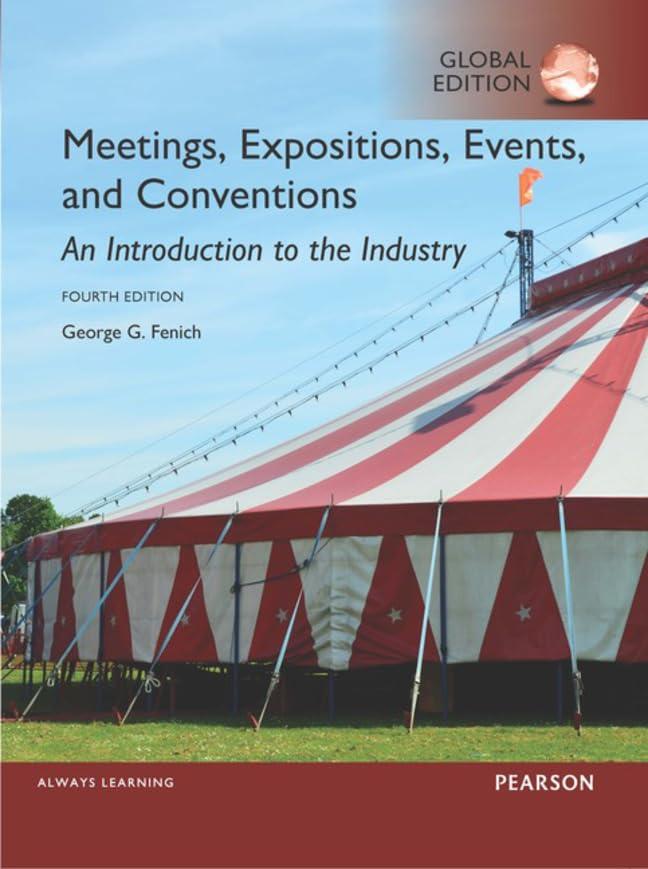Problem 16-15 Profit potential associated with margin [LO2] A $1,000 par value bond was issued 25 years ago at a 12 percent coupon rate. It currently has 15 years remaining to maturity. Interest rates on similar obligations are now 8 percent. Assume Ms. Bright bought the bond three years ago when it had a price of $1,050. Further assume Ms. Bright paid 30 percent of the purchase price in cash and borrowed the rest (known as buying on margin). She used the interest payments from the bond to cover the interest costs on the loan. a. What is the current price of the bond? Use Table 16-2. (Input your answer to 2 decimal places.) b. What is her dollar profit based on the bonds current price? (Do not round intermediate calculations and round your answer to 2 decimal places.) c. How much of the purchase price of $1,050 did Ms. Bright pay in cash? (Do not round intermediate calculations and round your answer to 2 decimal places.) d. What is Ms. Brights percentage return on her cash investment? Divide the answer to part b by the answer to part c. (Do not round intermediate calculations. Input your answer as a percent rounded to 2 decimal places.
Problem 16-15 Profit potential associated with margin|1:02] A 51.000 par valbond was issued 25 years at a 12 percent coupon rate. It curly has 15 years remaining to maturity. Interest rates on similar obligations are now percent. Assume Ms Bright bought the bond three years ago when it had a price of S1050. Further assume Ms. Bright paid 30 percent of the purchase price in cash and bowed the rest known as buying on margin) Shesed the interest payments from the bond to cover the interest costs on the kan What is the current price of the band? Use Table 16-2. Input your answer to 2 decimal places.) 1. What is her dollar profit based on the band's current price! Do not found intermediate calculations and round your mswer to 2 decimal places) How much of the purchase price of 51.050 did Ms. Bright pay in cash? (Do not found intermediate calculations and round your answer to 2 decimal places) 4. What is Ms. Beight's percentage return caber cash investment? Divide the swer to purt b by the answer to parte (Do not round intermediate calculations. Input your answer as a percent rounded to 2 decimal places.) Input variables: $1,000 35 Par value Number of years since bonds Number of years until maturity Current interest rate Compounding frequency a Bond price from table 162 b. Purchase price c. Percent paid in cash 15 years 12 put as a decinal os mutas a decimal Annual $1.345.52 S1.050.00 10 input as a decimal Selation and Explanation a. Current bond price Dollar profit E. Purchase price paid in cash d. Percentage retum Problem 16-15 Profit potential associated with margin|1:02] A 51.000 par valbond was issued 25 years at a 12 percent coupon rate. It curly has 15 years remaining to maturity. Interest rates on similar obligations are now percent. Assume Ms Bright bought the bond three years ago when it had a price of S1050. Further assume Ms. Bright paid 30 percent of the purchase price in cash and bowed the rest known as buying on margin) Shesed the interest payments from the bond to cover the interest costs on the kan What is the current price of the band? Use Table 16-2. Input your answer to 2 decimal places.) 1. What is her dollar profit based on the band's current price! Do not found intermediate calculations and round your mswer to 2 decimal places) How much of the purchase price of 51.050 did Ms. Bright pay in cash? (Do not found intermediate calculations and round your answer to 2 decimal places) 4. What is Ms. Beight's percentage return caber cash investment? Divide the swer to purt b by the answer to parte (Do not round intermediate calculations. Input your answer as a percent rounded to 2 decimal places.) Input variables: $1,000 35 Par value Number of years since bonds Number of years until maturity Current interest rate Compounding frequency a Bond price from table 162 b. Purchase price c. Percent paid in cash 15 years 12 put as a decinal os mutas a decimal Annual $1.345.52 S1.050.00 10 input as a decimal Selation and Explanation a. Current bond price Dollar profit E. Purchase price paid in cash d. Percentage retum







